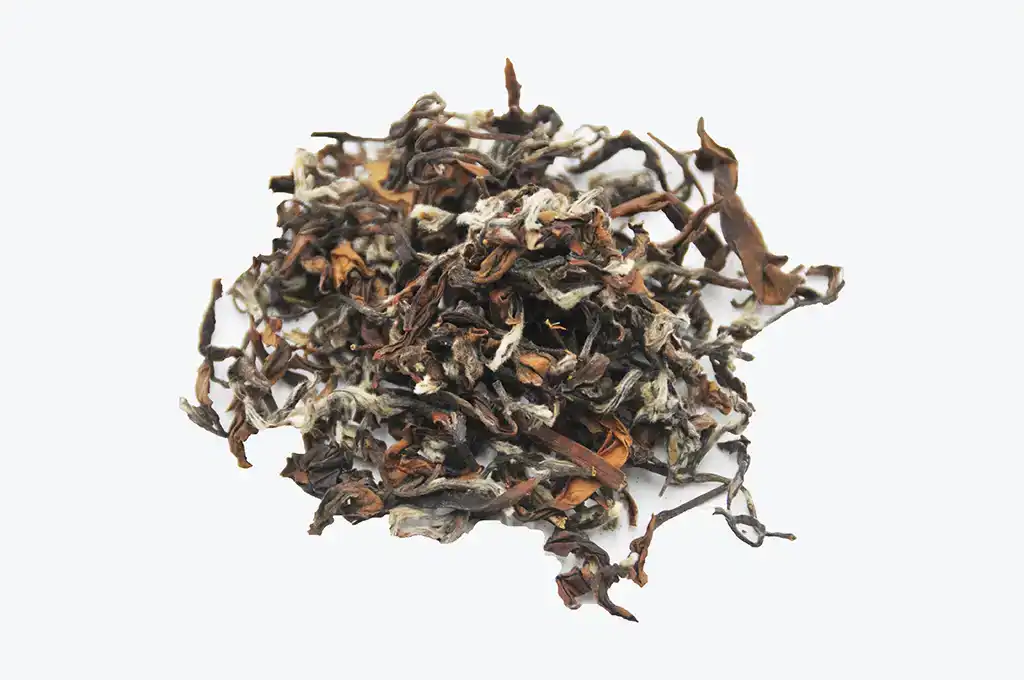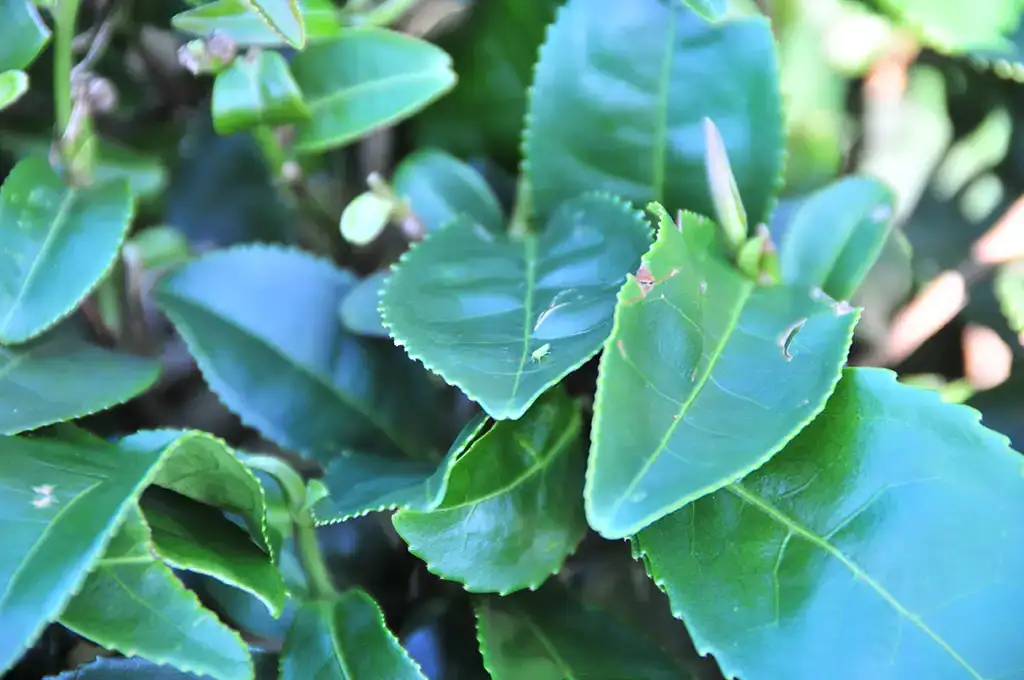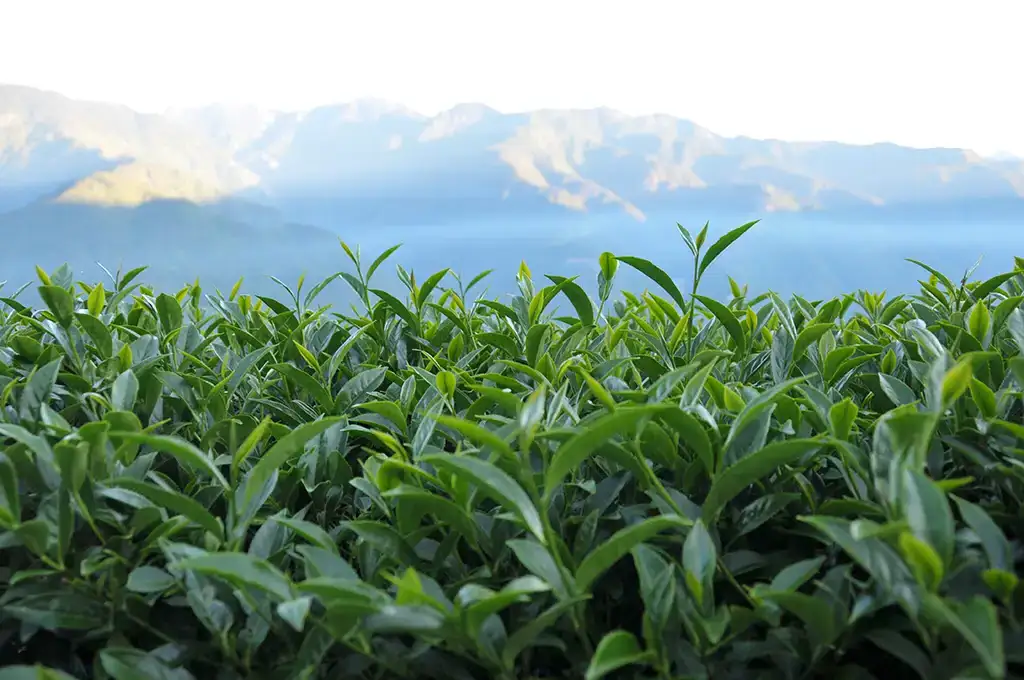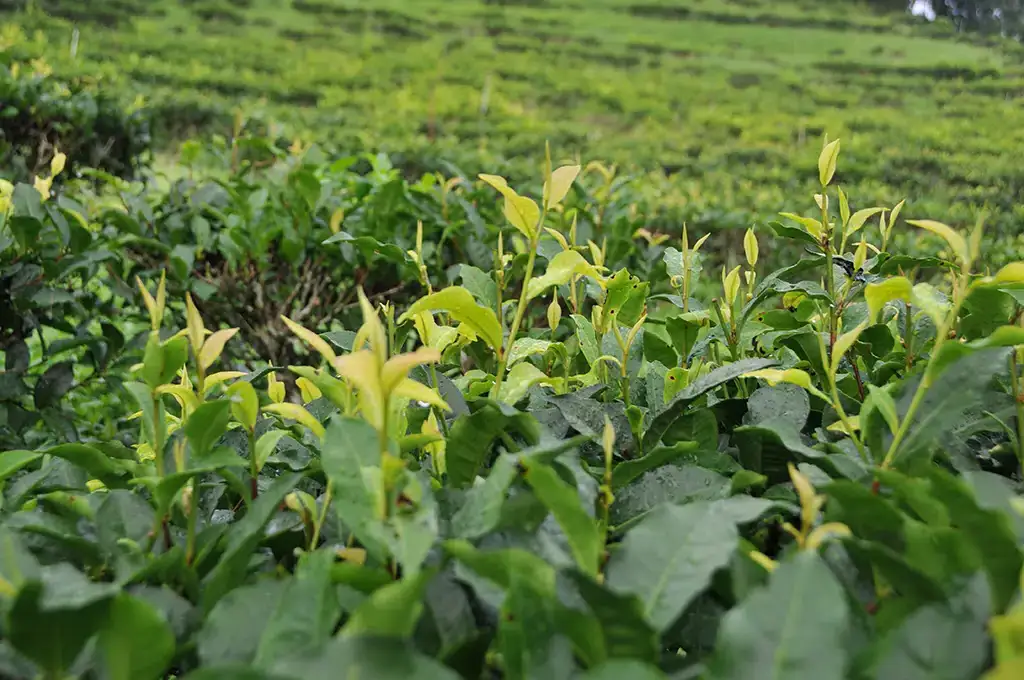Oriental Beauty Tea is classified as a semi-fermented oolong tea, known for its unique production process and honey-like sweetness. Because the production requires insect bites, pesticide use must be avoided, giving it a healthy and organic character that has made it one of the most popular Taiwanese oolong teas in recent years.

Production Regions of Oriental Beauty Tea
Pinglin and Shiding Districts in Northern Taiwan: Tea gardens here are located in reservoir catchment areas with abundant rainfall and humid climate, and the production season is concentrated from May to August. This region emphasizes summer picking and tender picking, using buds within 14 days for production. The main tea plant varieties are Qingxin Oolong, Bai Mao Hou, and Taiwan Tea No. 12. The tea from this area is known for its rich flavor and diverse varieties.
Hsinchu and Miaoli Counties: Production here is possible from April to November, with Qingxin Damao as the main tea plant variety. This area is a traditional region for Oriental Beauty Tea, producing tea from April to November. In this region, Oriental Beauty Tea is also known as Peng Feng Tea or Bai Hao Oolong Tea.

Characteristics of Oriental Beauty Tea
Making delicious Oriental Beauty Tea involves more than just the daily care of the tea plants; it also relies on a little helper from nature—the tea green leafhopper (Jacobiasca formosana). When tea leaves are bitten by the green leafhopper, they release a sweet flavor. The key to the quality of Oriental Beauty Tea lies in the number of green leafhoppers. In Taiwan, these insects thrive from May to July, producing the best quality tea. To attract these natural tea makers, no pesticides can be used in the tea gardens, as even the slightest scent of pesticides will drive the green leafhoppers away.

Health Benefits of Oriental Beauty Tea
Oriental Beauty Tea not only has an excellent flavor but also offers numerous health benefits. Firstly, it is rich in antioxidants, which help neutralize free radicals, slow down the aging process, and protect cells from oxidative damage. Additionally, Oriental Beauty Tea is rich in various amino acids, minerals, and vitamins that can promote metabolism, enhance the immune system, and maintain overall health. Long-term consumption of Oriental Beauty Tea can also improve cardiovascular health, reducing the risk of cardiovascular diseases. Furthermore, Oriental Beauty Tea can help relieve stress and uplift the mood, bringing a sense of peace and relaxation amid a busy life.

Price of Oriental Beauty Tea: How to Choose Good Tea?
The price of Oriental Beauty Tea is influenced by various factors, including the quality of the tea leaves, the picking season, the tea plant variety, and market supply and demand. Generally, tea picked in May to June is the most expensive, as the number of green leafhoppers is at its peak during this time. Additionally, the tea plant variety affects the quality and price, with Bai Mao Hou being the most expensive, followed by Qingxin Oolong, Qingxin Damao, and Manzhong. Taiwan Tea No. 12 has a larger yield and is relatively cheaper. Moreover, the quality of the tea leaves also impacts the price, with younger leaves being preferred by green leafhoppers, resulting in higher quality Oriental Beauty Tea.